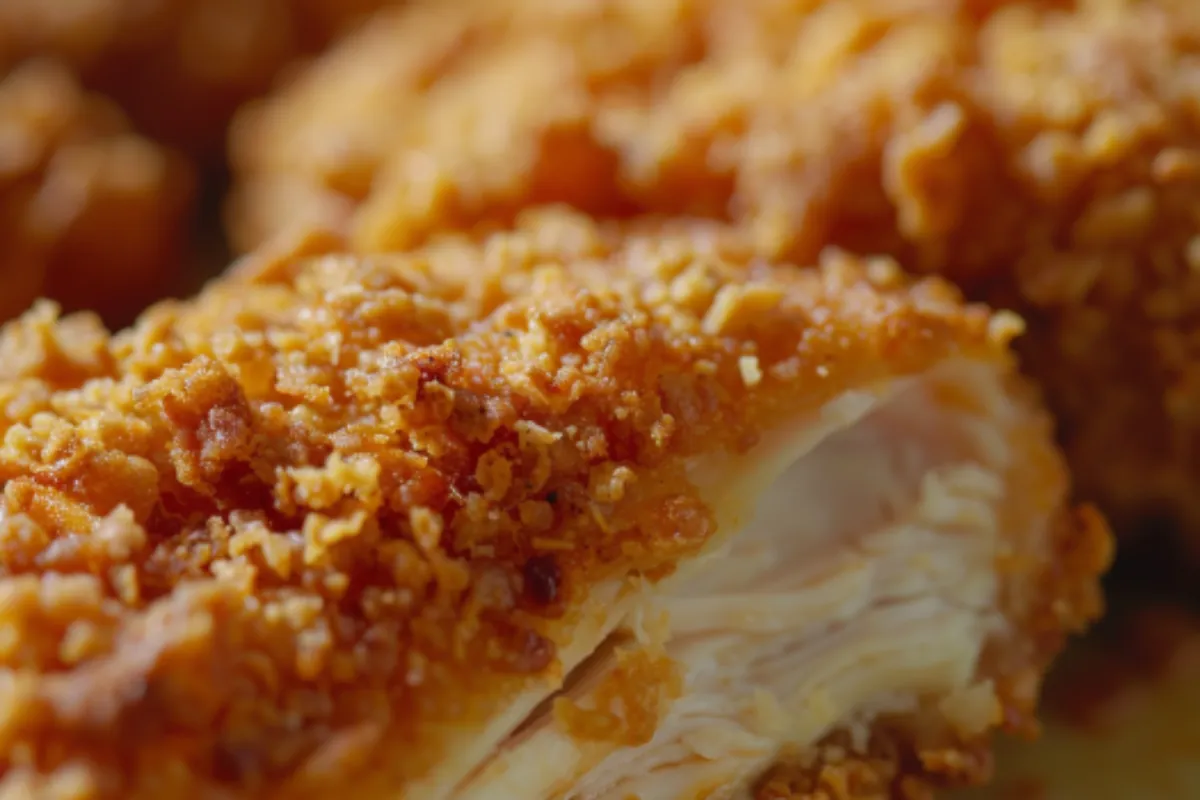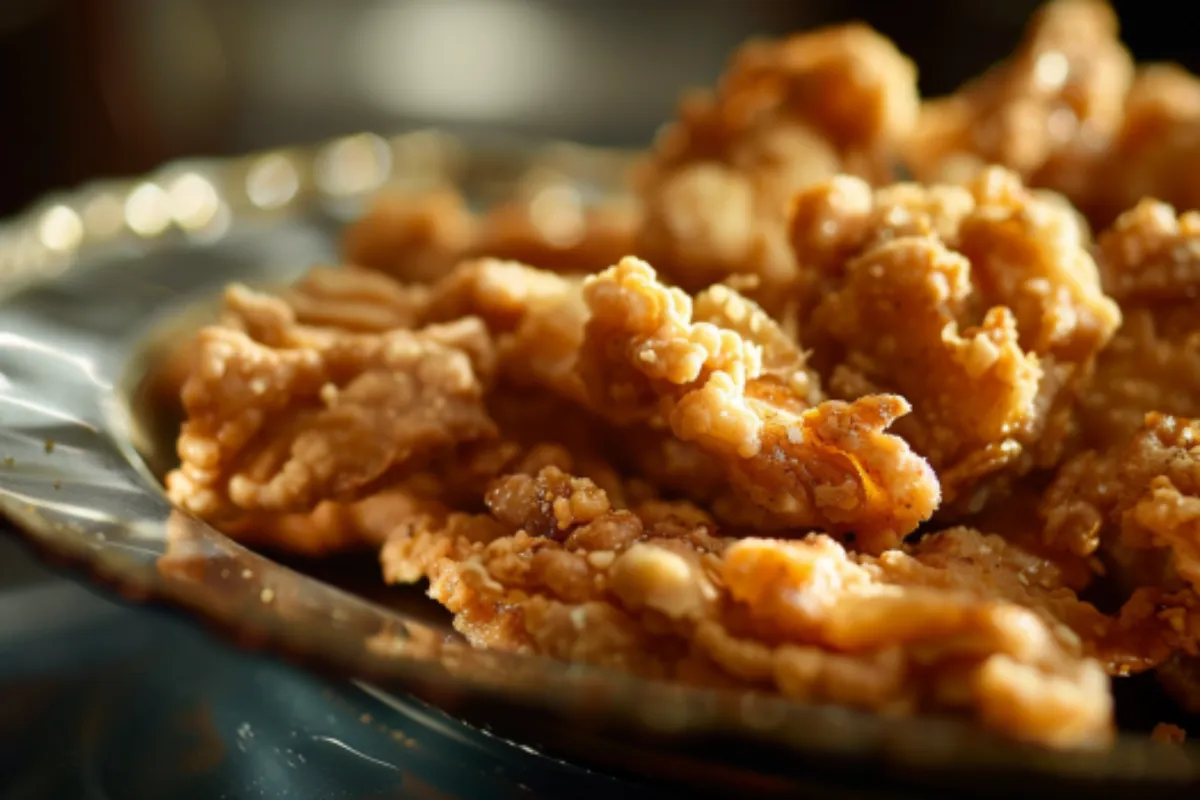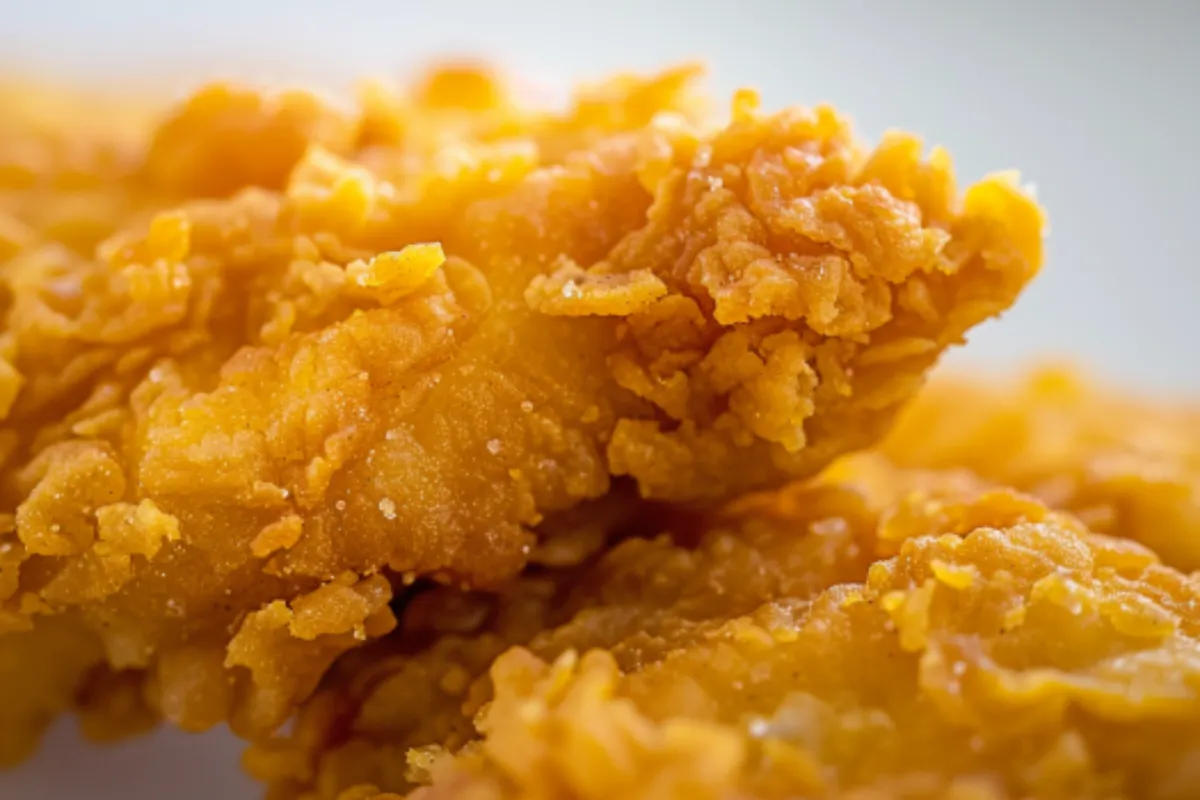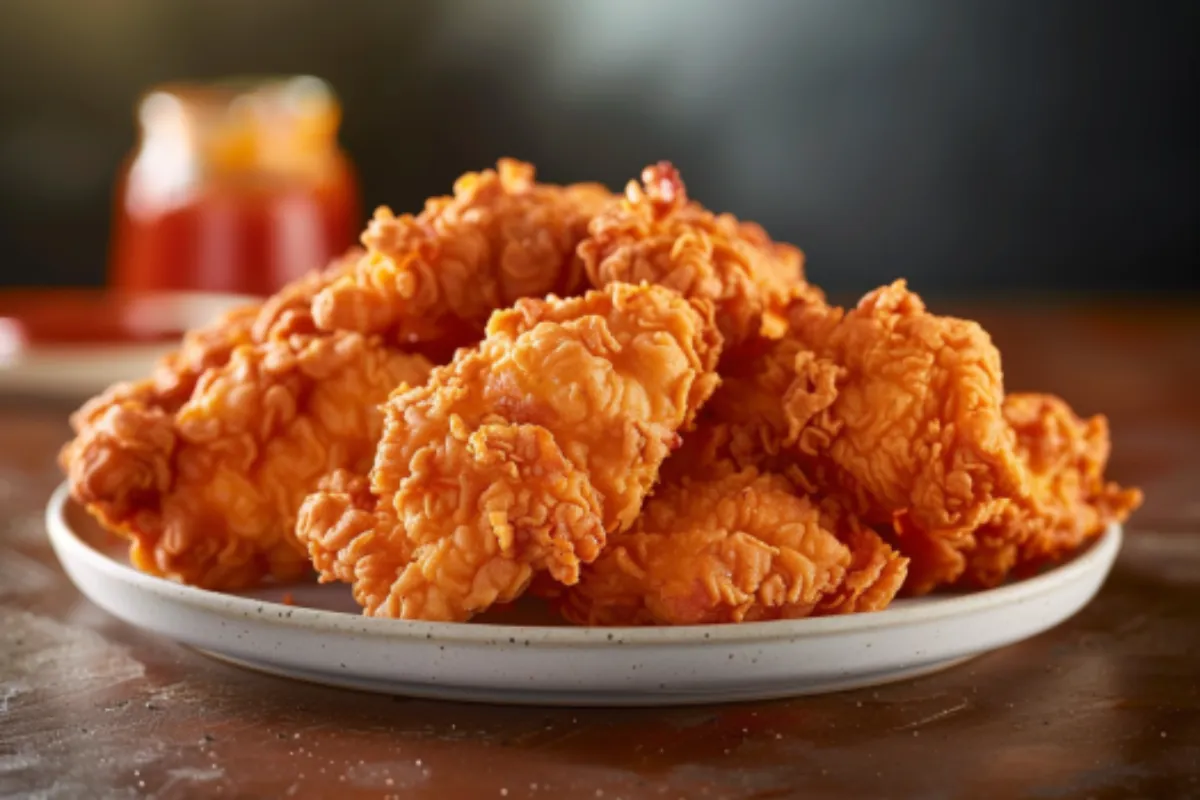Chickens, being integral to backyard farming and large-scale poultry operations, require a balanced and stimulating diet. One of the popular options for chicken owners today is chicken crack feed. Known for its irresistible appeal to chickens, this type of feed provides more than just nutrition it encourages their natural foraging instincts, offering both practical and environmental benefits for poultry keepers. But what exactly is chicken crack feeds, and how did it become so popular? Let’s dive into the origin, use, and practical implications of this unique feed type.
The History and Evolution of Chicken Crack Feed
The idea behind chicken crack feed did not emerge overnight. This practice is rooted in the long-standing tradition of feeding chickens various grains and scraps. Historically, farmers have used chickens in agricultural environments to help with pest control, supplementing their diet with leftover grains that provide a rich source of nutrients and energy. Over time, people realized that certain grains and feed mixes were more effective at attracting chickens and encouraging natural foraging behaviors.
In modern times, experts have fine-tuned the formulation of chicken crack feeds to incorporate specific grains, seeds, and other ingredients that chickens find particularly appealing. The term “crack feed” likely originates from the way chickens react to it, similar to the way people might react to their favorite snack food enthusiastically and frequently! This formulation not only caters to their taste but also their innate behavioral patterns.
Additionally, with the rise of backyard farming in the past few decades, products like chicken crack feed have become more common. As the demand for more natural and enriching food for animals grows, so does the variety of feeds available on the market.
How Chicken Crack Feed is Made: The Manufacturing Process

Understanding how producers make chicken crack feed helps chicken owners appreciate the effort behind this feed product. The manufacturing process starts with selecting high-quality grains and seeds that are naturally appealing to chickens. These grains often include cracked corn, wheat, oats, barley, and sunflower seeds. The grains are cleaned to remove impurities, ensuring that only the best quality goes into the feed.
Next comes the mixing process. Depending on the specific brand or recipe, a chicken crack feeds may include added ingredients like dried mealworms, peas, and certain vitamins. The goal is to create a balanced mix of textures and flavors that chickens enjoy. Producers blend the ingredients in specific ratios to ensure consistency in every batch, providing the same appeal whether a chicken is pecking from the first handful or the last.
Packaging is another crucial step in the process. Feed manufacturers are now more conscious about sustainability, opting for eco-friendly packaging options that reduce plastic waste. Many companies now package their feeds in recyclable or biodegradable materials, appealing to environmentally-conscious consumers.
Producers test the final product for quality and consistency before it reaches farm supply stores. High-quality chicken crack feed should display a uniform appearance, with visible grains and seeds, and it should remain free of dust or excessive fines (small particles that are left over after processing).
Practical Uses of Chicken Crack Feed on Farms
While people generally associate chicken crack feed with smaller backyard flocks, farmers also find practical applications for it in larger farming operations. Farmers who raise free-range or pasture-raised chickens often use crack feed as a supplement to encourage foraging. It serves as an effective tool to draw chickens into certain areas of the farm or to encourage natural behaviors like scratching the ground and searching for insects. This not only benefits the chickens but also aids in pest control, as chickens are natural insect hunters.
Here are some of the practical uses of chicken crack feed:
- Training and Enrichment: Crack feed can be used to train chickens to come when called. Many poultry keepers scatter feed in specific areas of their yard or farm to encourage chickens to roam freely while still knowing where they will gather.
- Reducing Boredom: For chickens kept in runs or confined spaces, chicken crack feed can provide essential enrichment. Scattering the feed across the ground encourages natural pecking and scratching behaviors, reducing boredom and stress in confined birds.
- Encouraging Egg Laying: Some farmers believe that by providing supplemental feeding with crack feed, they can encourage hens to lay eggs in certain areas. By consistently offering crack feed near nest boxes, hens may be more likely to choose that location to lay their eggs.
- Promoting Clean Areas: On larger farms, farmers can use feed as a tool to guide chickens to certain areas. For example, they may use crack feed to attract chickens away from their sleeping areas in the morning, keeping their sleeping quarters cleaner.
Chicken Crack Feed vs. Other Chicken Feeds: A Comparison
To understand where chicken crack feed fits into the broader landscape of poultry nutrition, it’s important to compare it with other common types of chicken feed:
1. Layer Feed
This is a complete feed specifically designed for egg-laying hens. It contains the right balance of calcium, protein, and other nutrients required for consistent egg production. Unlike chicken crack feed, which is meant to supplement the diet, layer feed is typically the main source of nutrition for hens.
- Best for: Daily feeding of laying hens.
- Pros: Provides complete nutrition in a pellet or mash form.
- Cons: Does not stimulate foraging behaviors in the same way crack feed does.
2. Scratch Grains
Scratch grains are a mixture of cracked corn and other grains like wheat and barley. Farmers primarily use them as a treat or supplemental feed, similar to chicken crack feed, but they lack the same level of enrichment or variety in ingredients.
- Best for: Occasional treats to encourage foraging.
- Pros: Affordable and easy to find.
- Cons: Limited nutritional value and can lead to overfeeding if used in excess.
3. Crumbled Feed
Crumbled feed is often used for young chicks or chickens that are transitioning from chick starter feed to adult feed. Its fine texture makes it easier to eat than pellets but offers the same balanced nutrition.
- Best for: Chicks and younger chickens transitioning to layer feed.
- Pros: Easy to digest, balanced nutrition.
- Cons: Not as enriching as crack feed.
4. Pellet Feed
Pellet feed is a processed feed that comes in small, compact pellets. It’s a popular choice for chickens as it reduces waste and provides a complete, balanced diet in each bite. Unlike chicken crack feed, however, pellets don’t encourage foraging behaviors.
- Best for: Reducing waste and ensuring balanced nutrition.
- Pros: Easy to manage, reduces feed loss.
- Cons: Less natural for chickens to peck at, limiting behavioral enrichment.
Chicken Crack Feed and Foraging: Enhancing Natural Behaviors

One of the key benefits of chicken crack feed is its ability to enhance natural foraging behaviors. Chickens are omnivores by nature, and their instincts drive them to search for food in their environment. This behavior is not only beneficial for their mental well-being but also for the environment.
When you allow chickens to forage, they help aerate the soil, reduce the presence of pests, and break down organic matter. By scattering chicken crack feed on the ground, chicken owners encourage these behaviors, providing their birds with a more enriching and stimulating environment. Foraging also helps to reduce feather pecking, a common issue in confined or stressed chickens. If you’re raising free-range chickens, discover the benefits of free-range chickens and how it ties into their natural foraging habits.
Here are a few methods for encouraging foraging with crack feed:
- Scatter Feeding: Instead of placing the feed in a dish, spread it across a large area. This will encourage chickens to move around and peck at the ground.
- Hiding Feed: Hide small amounts of chicken crack feed in various places to promote exploration and curiosity.
- Mixing with Hay or Straw: Scatter the feed into hay or straw to make it more challenging for chickens to find, extending the foraging time and reducing boredom.
Sustainability of Chicken Crack Feed: The Environmental Impact
With growing awareness of environmental concerns, many chicken owners and farmers are looking for ways to reduce their ecological footprint. The production of chicken feed, like all agricultural products, has an environmental impact, from the sourcing of raw materials to the transportation and packaging of the final product. However, many companies are taking steps to make chicken crack feed more sustainable.
Sourcing Ingredients
One of the most significant factors in the sustainability of chicken crack feed is the sourcing of ingredients. Many feed manufacturers now prioritize local and sustainably grown grains, reducing the carbon footprint associated with transportation. Additionally, some companies incorporate organic or non-GMO ingredients, appealing to consumers who prioritize eco-friendly practices.
Packaging
Another aspect of sustainability is the packaging used for chicken crack feed. Traditional feed bags are often made from plastic or other materials that are difficult to recycle. However, some manufacturers are moving toward biodegradable or recyclable packaging to minimize waste.
Reducing Waste with Crack Feed
Chicken crack feed is also a tool for reducing food waste. By encouraging chickens to forage and scratch for their feed, owners can reduce the amount of feed that goes to waste. Additionally, chickens that are fed crack feed as a supplement are more likely to consume all of the feed offered, as they find the varied ingredients more appealing.
Economic Considerations: Is Chicken Crack Feed Worth the Investment?

For many chicken owners, the cost of feeding their flock is one of the primary considerations when selecting a feed. While chicken crack feeds may be more expensive than basic scratch grains or layer pellets, the benefits often outweigh the cost. Here are a few economic considerations:
Reduced Waste
Because chicken crack feeds encourage natural foraging behaviors, chickens are more likely to eat all the feeds offered to them. This reduces waste and ensures that owners are getting the most value for their money.
Behavioral Benefits
By offering chicken crack feeds as a supplemental treat, chicken owners can reduce the risk of behavioral issues like feather pecking and boredom. This can lead to healthier, happier chickens that require fewer interventions and veterinary care.
Increased Productivity
Some farmers believe that offering chicken crack feed can enhance the overall productivity of their flock by promoting natural behaviors that improve egg quality and consistency.
Frequently Asked Questions about Chicken Crack Feed:
1. What is chicken crack feed?
Chicken crack feeds is a special mix of grains, seeds, and sometimes dried mealworms for chickens. It’s used as a treat to encourage chickens to peck and forage, which is a natural behavior for them.
2. How is chicken crack feed different from regular feed?
Unlike regular feeds, which provides all the nutrients chickens need, chicken crack feeds is a treat. It’s meant to add variety and help chickens act naturally by foraging.
3. Can I use chicken crack feed as the main food for my chickens?
No, chicken crack feeds should only be a supplement. Chickens still need regular feed, which has all the essential nutrients they need to stay healthy and produce eggs.
4. How often should I give chicken crack feed to my chickens?
You can give chicken crack feeds a few times a week as a treat. A small handful each day for every 10 chickens is enough. It shouldn’t replace their regular food.
5. Can baby chicks eat chicken crack feed?
No, baby chicks need chick starter feed, which has more protein to help them grow. Chicken crack feeds is better for adult chickens.
Conclusion
Chicken crack feed has become a valuable addition to the diet of chickens, both in backyard settings and on larger farms. Its appeal lies not only in its nutritional content but also in its ability to enhance natural behaviors like foraging, reducing boredom, and promoting overall well-being. With its historical roots in traditional farming practices and its modern formulation designed to meet the needs of chickens, crack feed offers a blend of practicality and enrichment.
While it may come at a slightly higher cost than other feeds, the benefits it provides ranging from behavioral stimulation to sustainability make it a worthwhile investment for chicken owners. By understanding the different uses of chicken crack feed, its production process, and its role in reducing waste and improving productivity, chicken keepers can make informed decisions about incorporating it into their flock’s feeding routine.
With the trend of raising chickens continuing to grow, chicken crack feed stands out as a feed that not only nourishes chickens but also supports their natural instincts, offering a more fulfilling life for both the chickens and their keepers.

